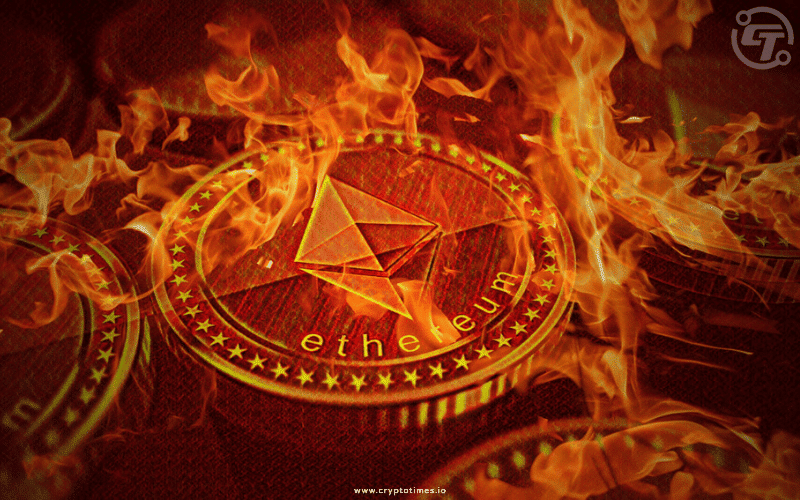In Brief:
- Around $2.6 billion of Ethereum has been burned by the Ethereum network.
- Ethereum began burning ETH after the launch of EIP-1559 on August 5.
- The current burn rate is 5.31 Ethereum per minute.
The Ethereum network has now burned around $2.6 billion worth of Ethereum (624,456 ETH), igniting the fire that has driven the cryptocurrency to its current all-time high. The current burn rate is 5.31 ETH/min.
Following the introduction of EIP-1559 on August 5, Ethereum began burning gas fees. Every day, the system sends around $30 million ETH to a defunct address, removing it from circulation. The former mechanism of paying ETH to miners for validating transactions has been phased out.
To begin a transaction utilizing this new burning technique, users must pay a one-time fee. After these base costs have been burned down, miners will collect block rewards and priority fees. The priority charge, often known as a tip, is an optional fee that can be paid to miners in order to urge them to prioritize the transaction. This burning process functions as a deflationary device since it lowers the network’s inflation rate.
The EIP-1559 was created to fasten up the release of Ethereum 2.0. The upgrade replaces the computationally intensive proof of work method with proof of stake, an energy-efficient algorithm that verifies Ethereum transactions.
The most common misconception about EIP-1559 was that it would cut gas expenses; nevertheless, swapping a token still costs $80.
Following Ethereum’s step, Binance also announced the launch of a gas fee burn mechanism called “BEP-95”. The proposal is similar to Ethereum’s EIP-1559 and will burn BNB paid in the transaction fees.






